According to research, dogs can read facial expressions, understand human cues and social skills, and even save our lives. After the attacks of September 11, 2001, hundreds of dogs worked tirelessly to assist in search and rescue efforts, comforting survivors and first responders. Twenty years later, as we navigated a global pandemic, dogs again came to our aid by learning how to sniff out the novel coronavirus.
Dogs are our best friends, but for many of us, they’re also our greatest inspirations. For generations, dogs have served as models and muses for countless photographers. The renowned photographer Elliott Erwitt, for instance, has long delighted in our canine companions, making portraits of four-legged pedestrians out and about in the streets of Paris and New York City. William Wegman has been photographing his Weimaraners, whom he considers his collaborators, since the 1970s.
Josef Koudelka famously photographed a dog, and so did Daido Moriyama. From documentary photographers to fine artists, dogs unite us all. For photography inspiration, we put together this quick roundup of ten artists who are redefining the genre and capturing the extraordinary diversity of dogs both large and small. Along with plenty of cute animal photos, we’ll also share some of our best tips for beginning pet photographers.
Kaylee Greer
Kaylee Greer, the owner of Dog Breath Photography, got her start as a volunteer at the Massachusetts Society for the Prevention of Cruelty to Animals (MSPCA), the shelter from where she also adopted her dogs, Joshua and Junie. Junie was initially a foster dog, taken in by the photographer after recovering from leg amputation surgery, but as soon as Kaylee brought her home, she knew she was there to stay.
The photographer continues to donate her time to overlooked rescue dogs, capturing the joyful personalities that emerge every time they step outside of a shelter cage.
Tip #1: Get to know your client
When meeting a new dog, take some time to get to know your model before you bring the camera out. Before a shoot, ask the owner about some of the dog’s favorite activities; you might even set up a shoot in his favorite park or local beach. If you’re working in a studio, ask the owner if they can bring a favorite toy or treat. Make the session fun for the dog. Some dogs will have boundless energy and need to play a bit before a session, while others might be nervous around your gear and take some time to warm up. Go at their pace, and follow their lead.
Elke Vogelsang
Like Kaylee, Elke Vogelsang began her journey as a pet photographer by working with dogs in her local shelter. Today, she finds inspiration in her three Spanish rescue dogs, all of whom had previously been abandoned.
Loli, one of her dogs, was born in Germany after his mother arrived from Spain, just skin and bones. He almost didn’t make it, and he had to have his eye removed due to a tumor, but he’s not only survived but flourished. He just turned ten years old this summer.
To match her dogs’ fun-loving personalities, Elke is always willing to experiment with unusual lenses, like wide-angles, to capture their humorous facial expressions.
Iza Lyson
500px Ambassador Iza Lyson and her dog Opi, who just turned four, have traveled the globe together, visiting Slovenian waterfalls and Norwegian glaciers. They’ve slept in tents in the mountains, and Iza’s spent countless sunrises waking up by Opi’s side, taking in the colors of the sky and planning for a day of exploration. In some places, like the Adriatic Coast, they’ve walked for miles without meeting a single soul.
Luna, the dog who first inspired Iza to embark on her journey as a photographer, continues to serve as an inspiration; she celebrated her twelfth birthday this spring.
Tip #2: Come prepared
We mentioned treats and toys earlier, and these will form an essential part of your kit. Just make sure to check with the owner before feeding the dog anything yourself, as they might have allergies or sensitivities. Ask if the dog likes plush toys or tennis balls; you can hold them close to your camera to get the dog’s attention and keep her engaged. Whistles or squeakers can also work, depending on the dog and his personality.
Andrés López
Andrés López volunteers his time to shelters, where he sets up a portable studio and brings out the unique personalities of adoptable pets. Many of them have waited for months or years to find homes; he chooses to highlight the “invisible” dogs—the ones no one asks about. Dogs like Alex, a friendly, gentle soul who had his ears cut off by a former owner, and like Bimba and Bamba, a mother and daughter pair rescued from the streets. Several of the dogs he’s photographed have been adopted as a result of his portraits, and some are still hoping for the right person to find them.
Audrey Bellot
Audrey Bellot adopted her first dog, Laos the Border Collie, from a shelter, and they have been exploring together ever since. Along with her canine models, the artist can now be found discovering hidden treasures in wild places, from Iceland’s tucked-away Gljúfrabúi waterfall to the dormant volcanic landscapes of Puy de Dôme in France. Some of them, like a field of daffodils in Auvergne, she and Laos came upon unexpectedly while driving. The natural world, awash in shades of greens and pinks, lends her photos a sublime quality, as if to transport us to a time before time—when dogs ruled the Earth.
Tip #3: Use natural light
Some dogs are comfortable with studio lights, but others aren’t. To start, learn to work with natural light, either outdoors during the magic hour or inside close to a window. You can use curtains to diffuse natural window light during the day, and overcast weather or patches of open shade tend to work best when shooting outside. If you do end up using additional light, ensure it’s soft and properly diffused; flash can be scary for a dog!
Sandy van Kruysdijk
Sandy van Kruysdijk is passionate about photography, but she’s a veterinarian by trade, so she shares a special bond with animals. Her canine muses include Skûtsje, her own dog; Scotty, her sister’s dog; and Pukkie, the senior dog who once belonged to her grandparents. Skûtsje is always happy to accompany Sandy on walks through the woods, whether they’re trudging through the winter snow or roaming through a thicket of blooming spring flowers.
Anne Geier
Anne Geier rescued her dogs, Yuri and Finn, from the streets, and she’s been “making up” for the time they lost ever since. In recent years, they’ve explored uncharted territory via camper van, stopping to take in the thundering waterfalls of Switzerland, the crystalline lakes of the Dolomites, ice caves, fairytale forests, and beaches with ice that glitters like diamonds. Finn had surgery for a growth this summer, and both Anne and Yuri have been caring for him as he recovers, cherishing every moment.
Tip #4: Focus on the eyes
Dog photography is all about capturing the spirit of the animal, and there’s no better way to do that than to highlight the eyes. Get down to the dog’s eye level, even if it means bending or crawling to get the shot. Look for catchlights, too—those are the pretty gleams of light you see reflected in the eye. Keep your background simple and free of distractions; you want all the focus to be on the dog, rather than what’s happening behind him. To blur a busy background, simply open up your aperture to create a soft bokeh effect.
Claudio Piccoli
Claudio Piccoli specializes in photographing dogs in action, whether they’re splashing through water, leaping over tree trunks, or running through fields of lavender. He’s captured dogs soaring through mid-air, catching frisbees, and defying gravity. Claudio has four dogs—Leep, Tris, Jill, and Chester—who frequently serve as his models and collaborators. In his eyes, every dog is a superhero.
Carlos Mardones
As the owner of DogExpression, Carlos Mardones works with pets of all shapes and sizes, both in studio and at home. He always takes time to get to know his canine “clients” and ensure they feel comfortable and relaxed during the session. From funny hats to flying treats, he isn’t afraid to introduce humor into his photoshoots, highlighting the quirky personalities of each individual dog. He’s also worked with rescue dogs like a gentle giant named Rocco, who is available for adoption at ResQMe in Florida.
Tip #5: Practice, practice, practice
The best way to get comfortable working with dogs is to spend time with dogs. Several of the artists in the roundup are also shelter volunteers, giving them a chance not only to give back but also to meet and interact with dogs with all different personalities and temperaments. If you’re just getting started, check with your local shelter and see if they’re accepting volunteers. Look for opportunities everywhere. You can always hone and refine your skills by working with your dogs, and the dogs of friends and family members, before taking on clients.
Cat Race
Cat Race, the owner of Cat’s Dog Photography, has worked with dogs in breathtaking locations ranging from Beacon Fell in Lancashire to Loch Maree in the Scottish Highlands. “Every year as a child, I visited Scotland with my parents,” she remembers. “I always admired the tranquil nature of the highlands, where you can walk for countless hours without encountering a trace of humanity.”?
Cat’s dog Poppy, her constant adventure companion, just turned ten years old this summer. Out of all the destinations they’ve visited, the beach at St Anne’s Pier remains one of Poppy’s favorite places.
Not on 500px yet? Sign up here to explore more impactful photography.

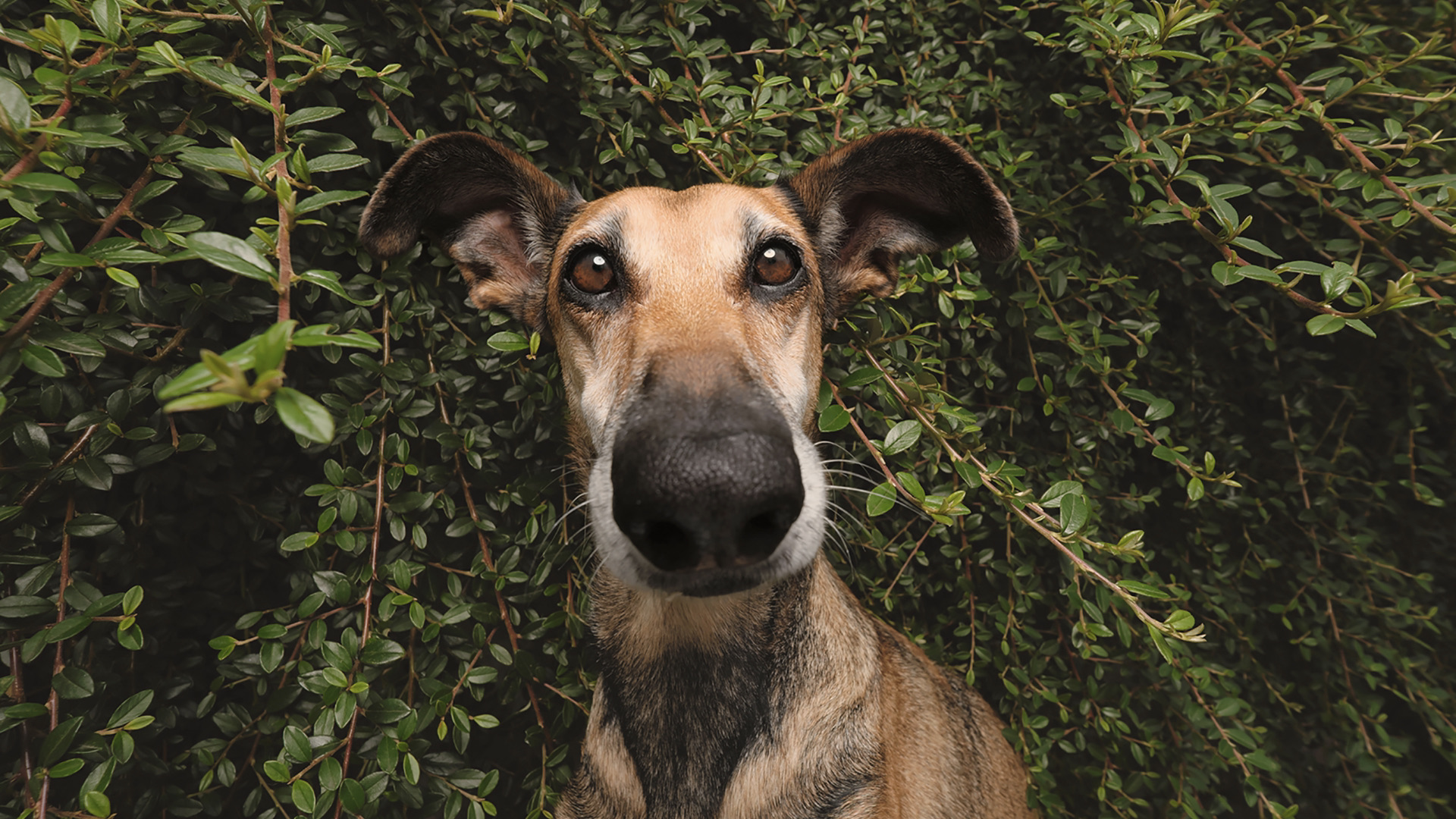

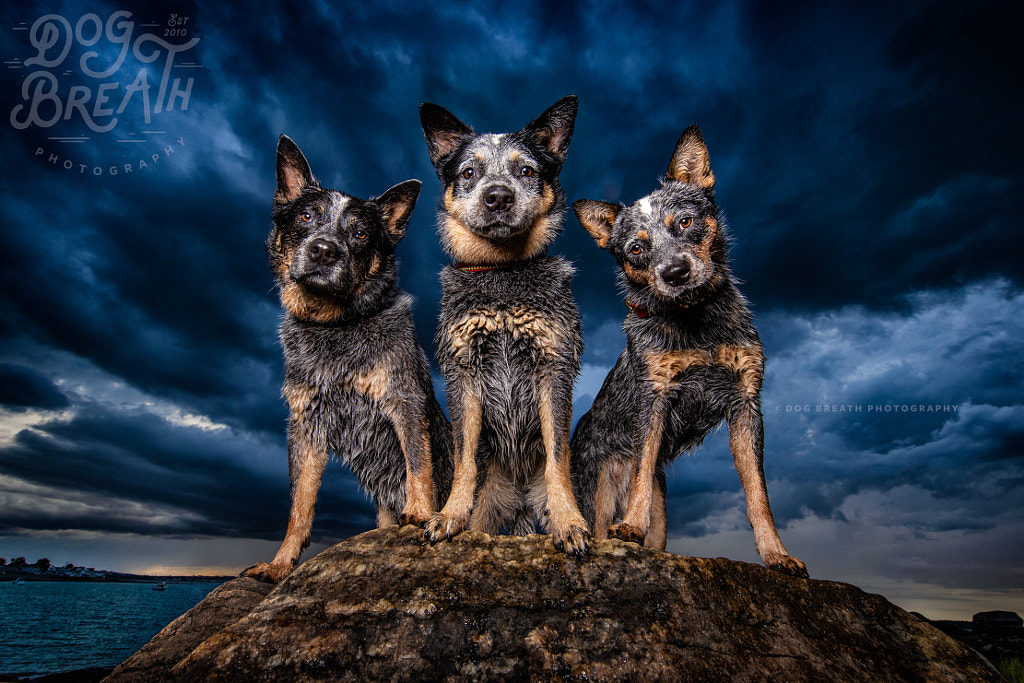
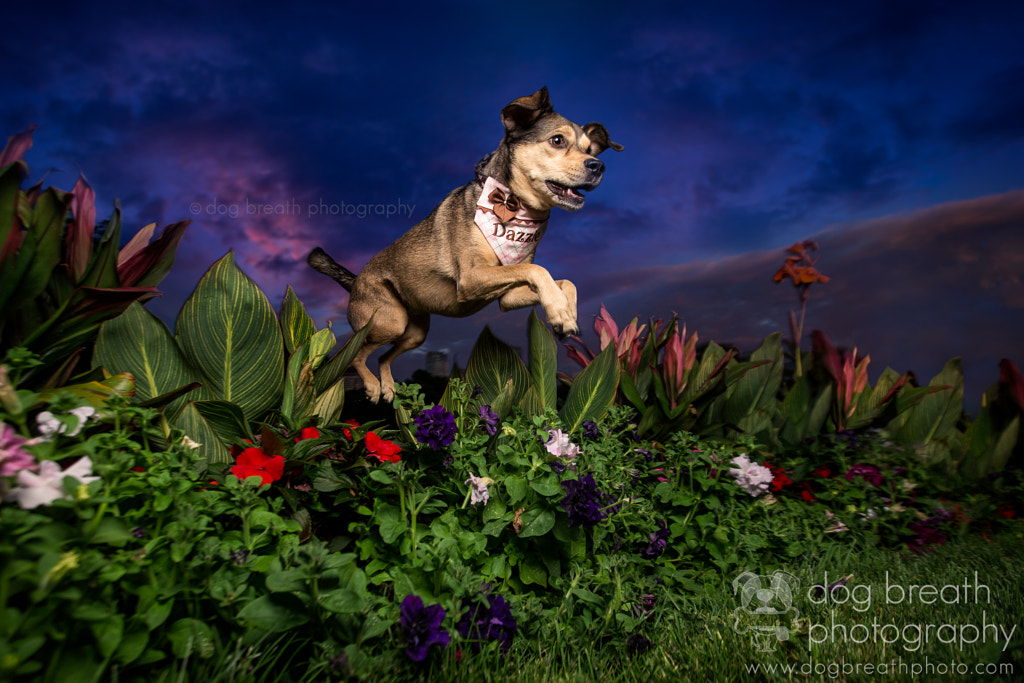

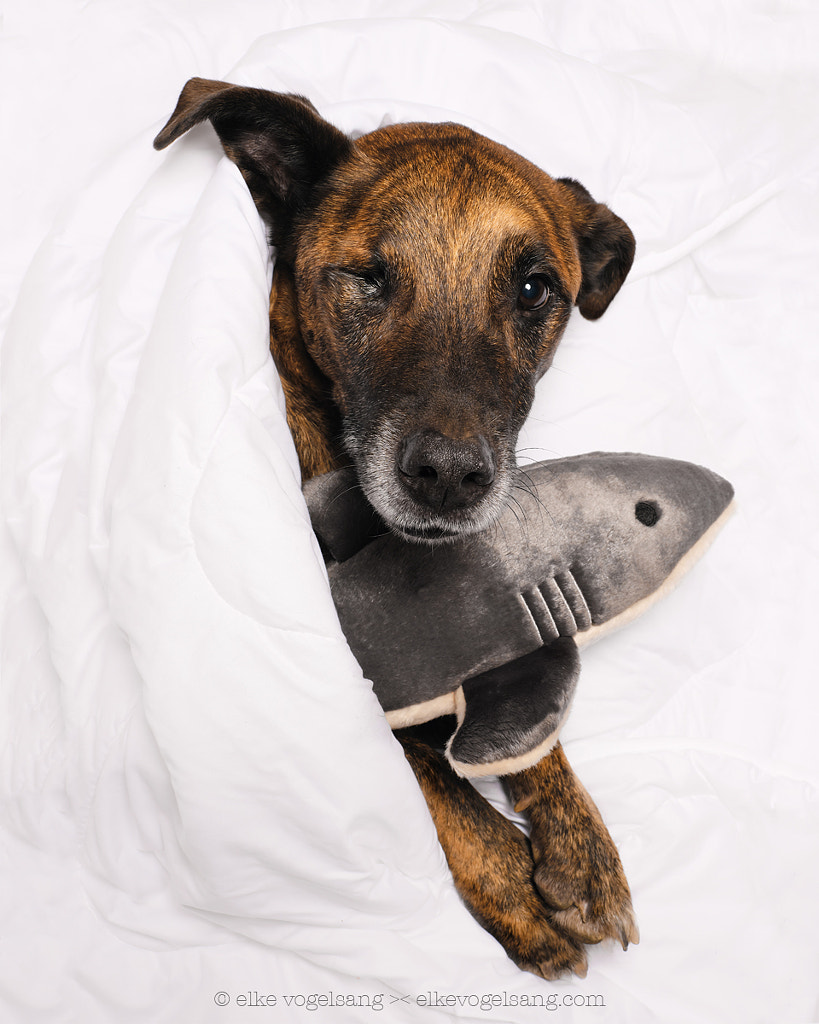
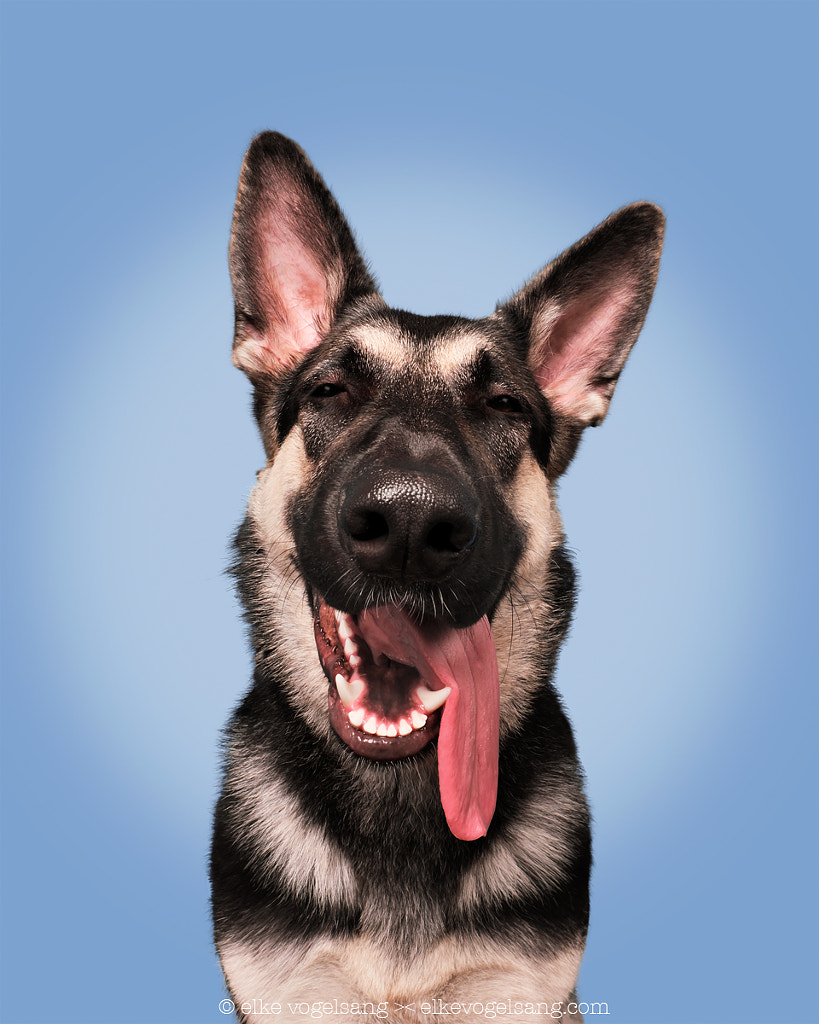
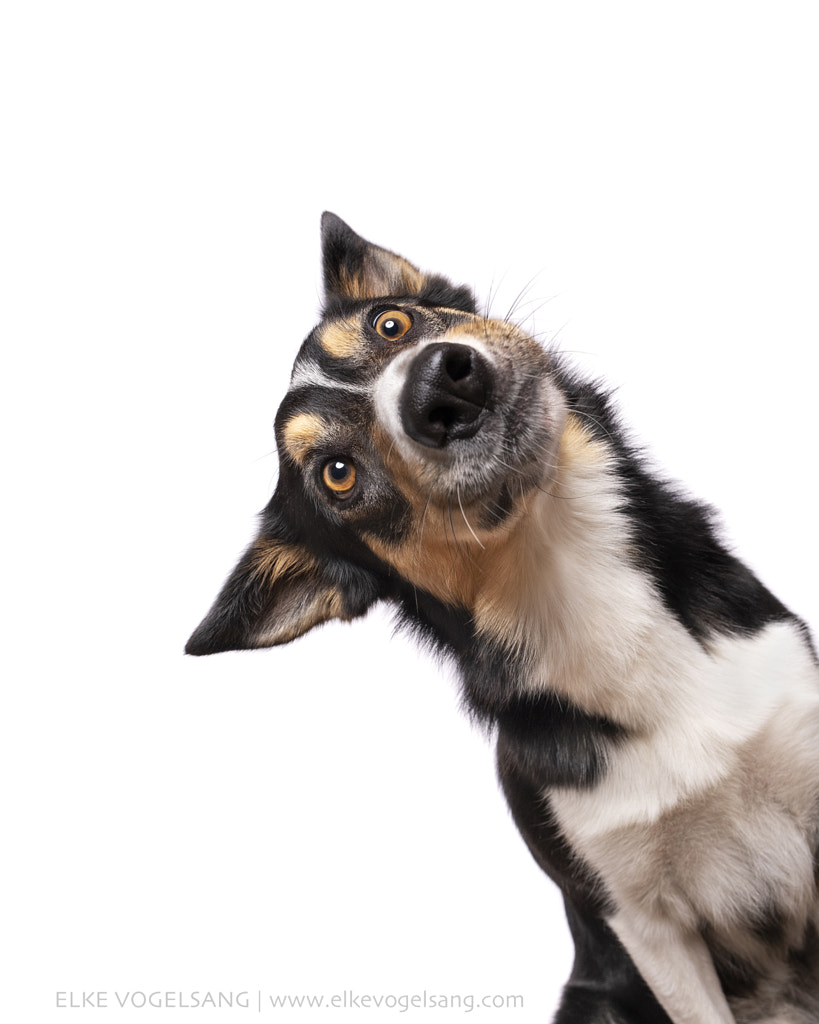
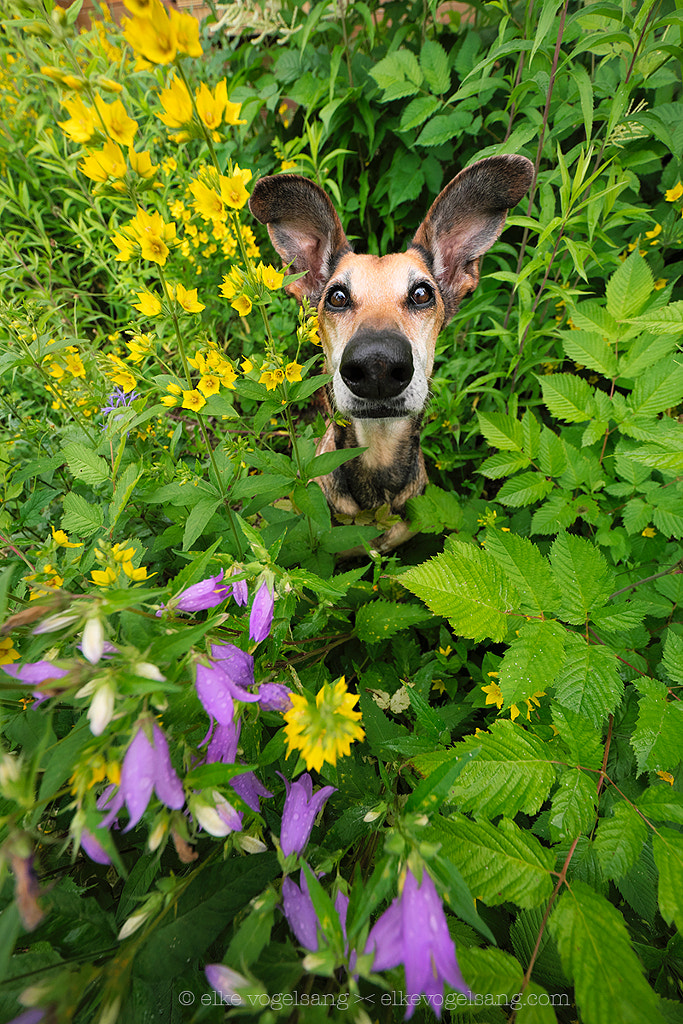


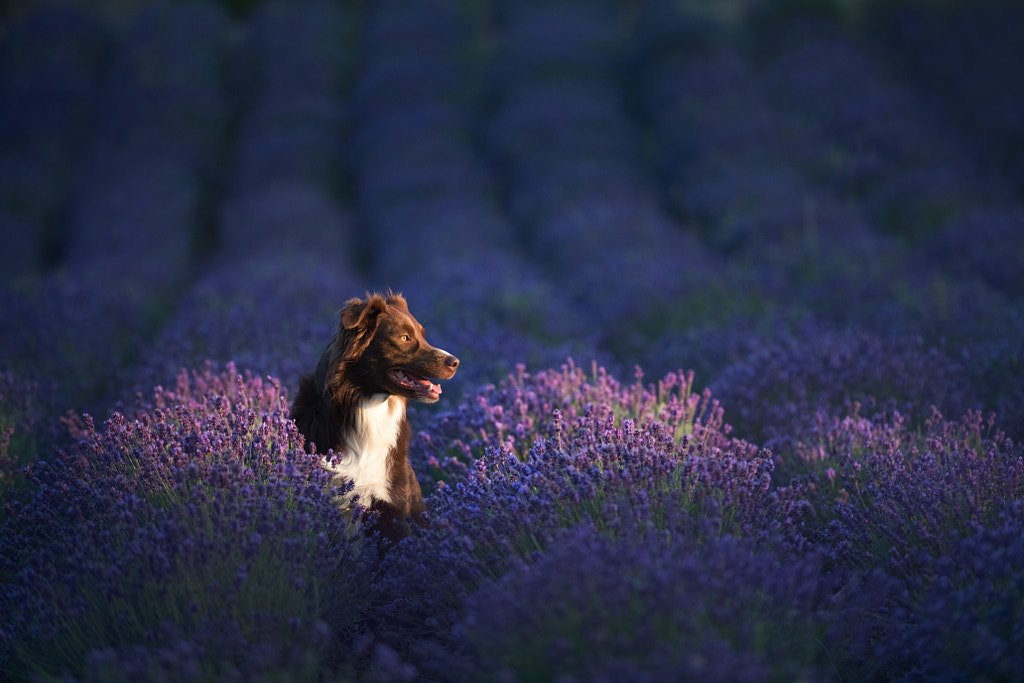


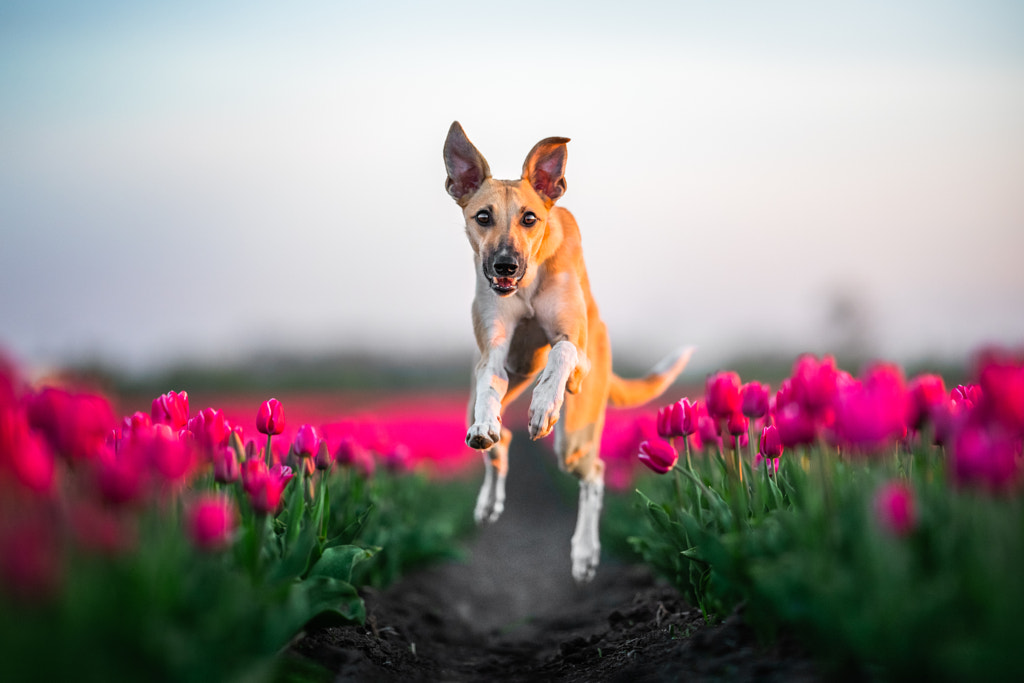
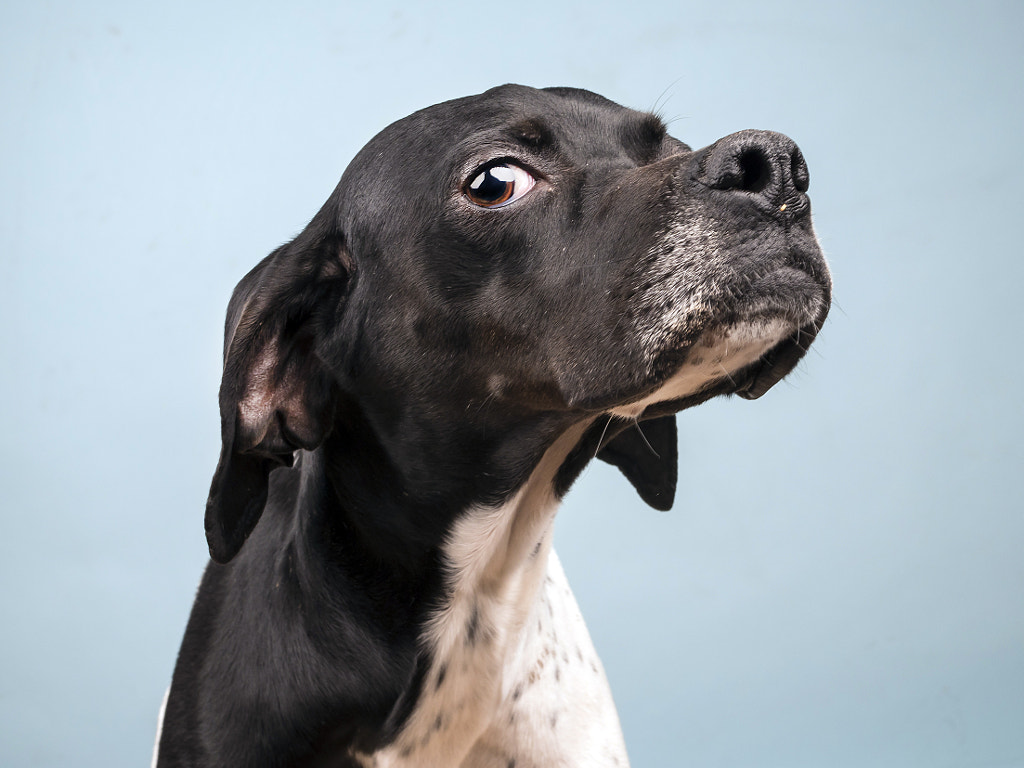
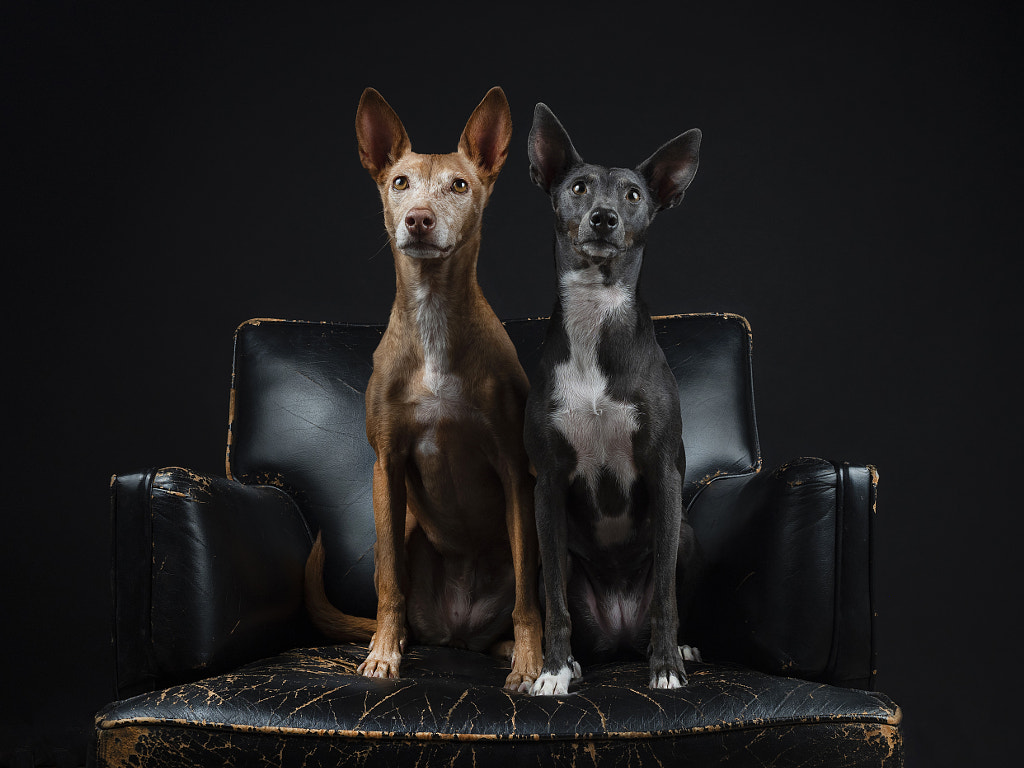
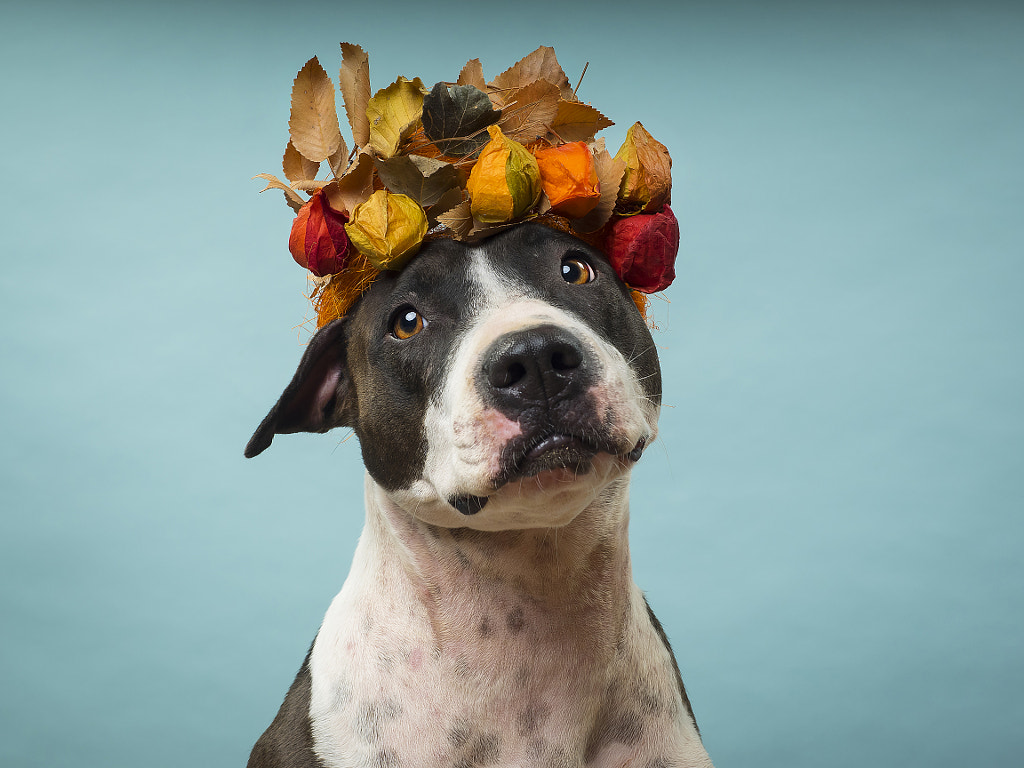

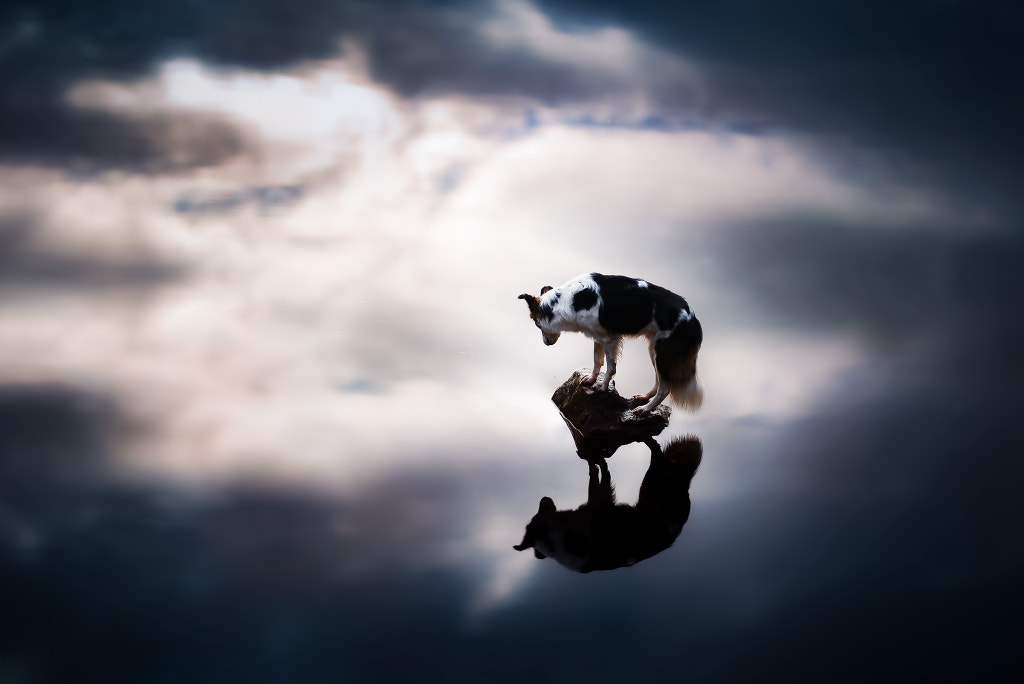
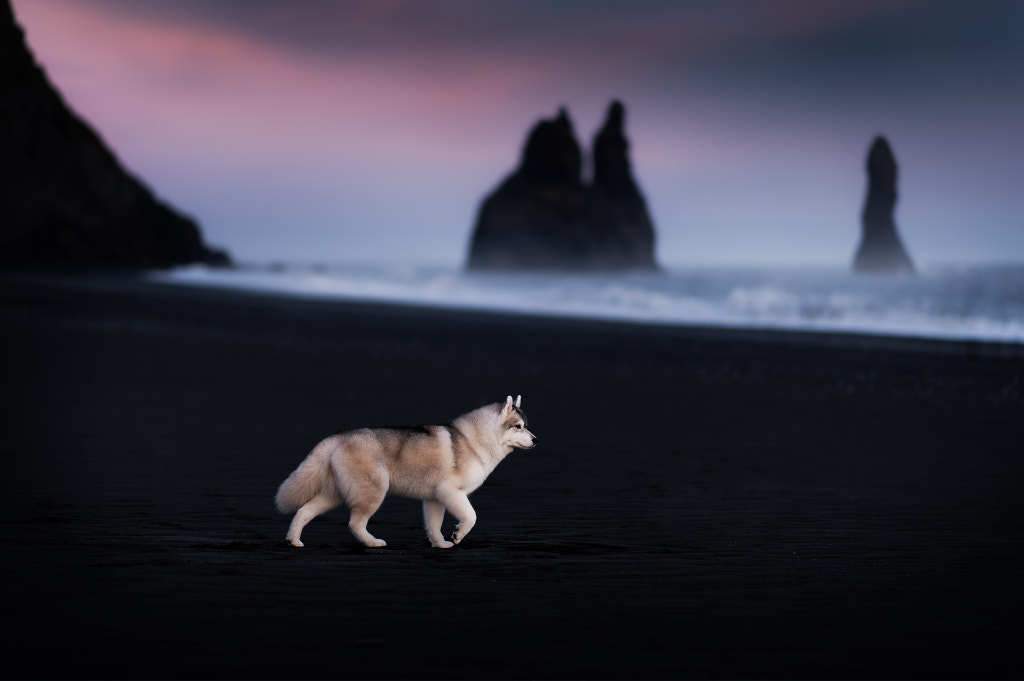
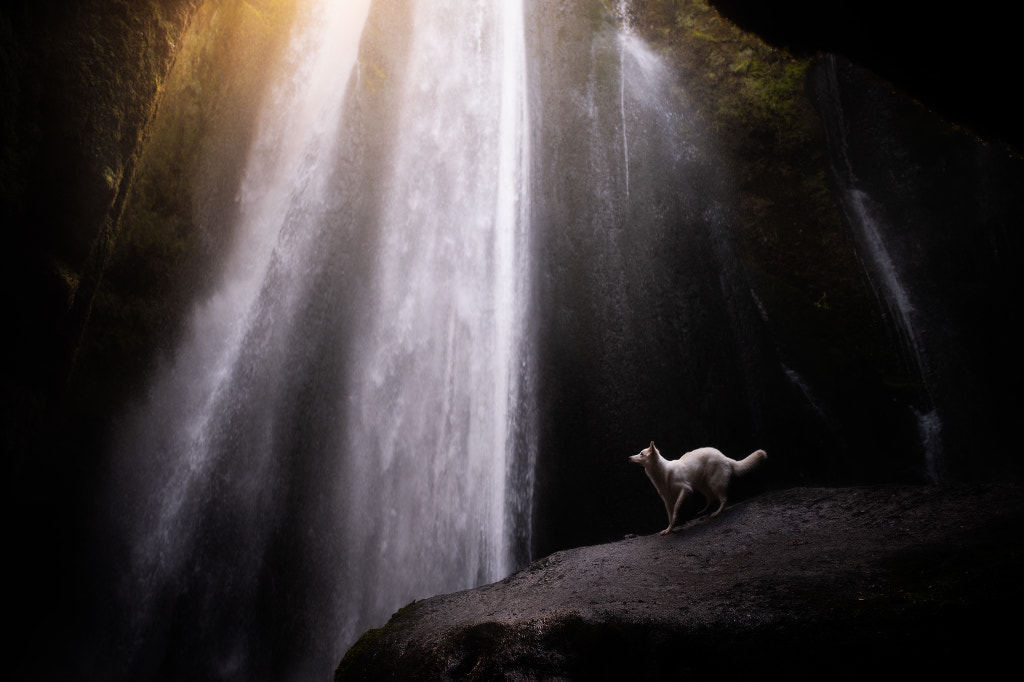
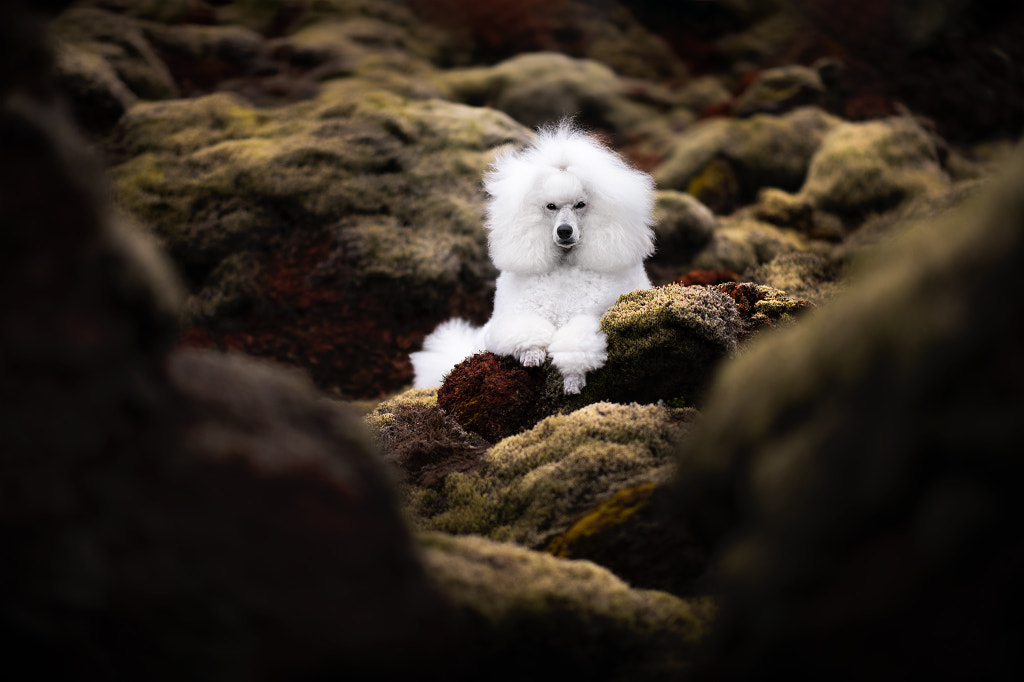
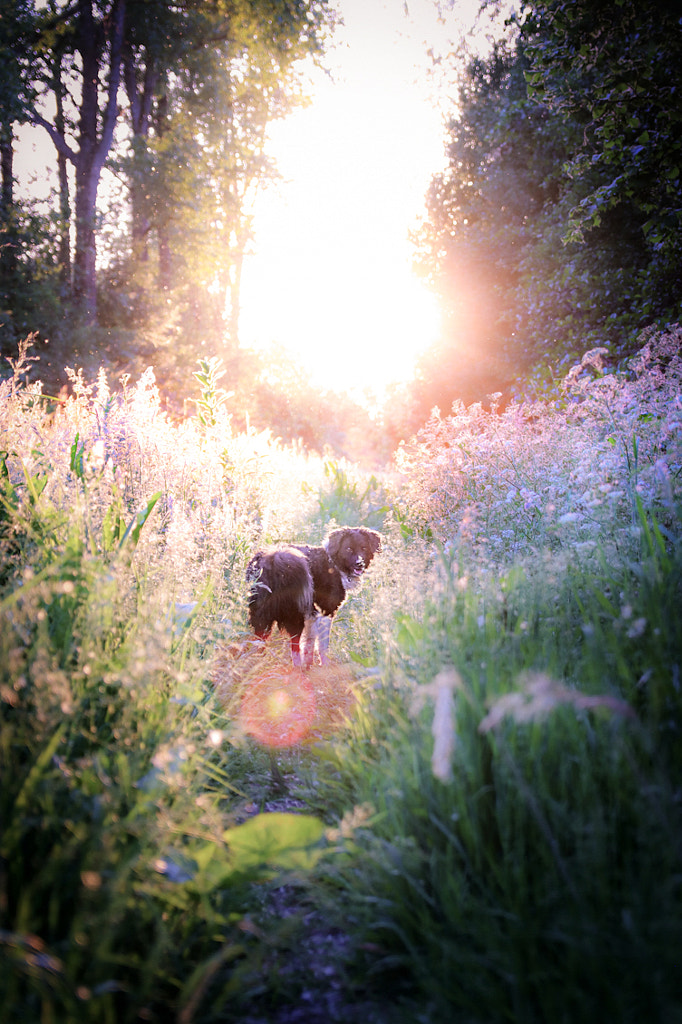
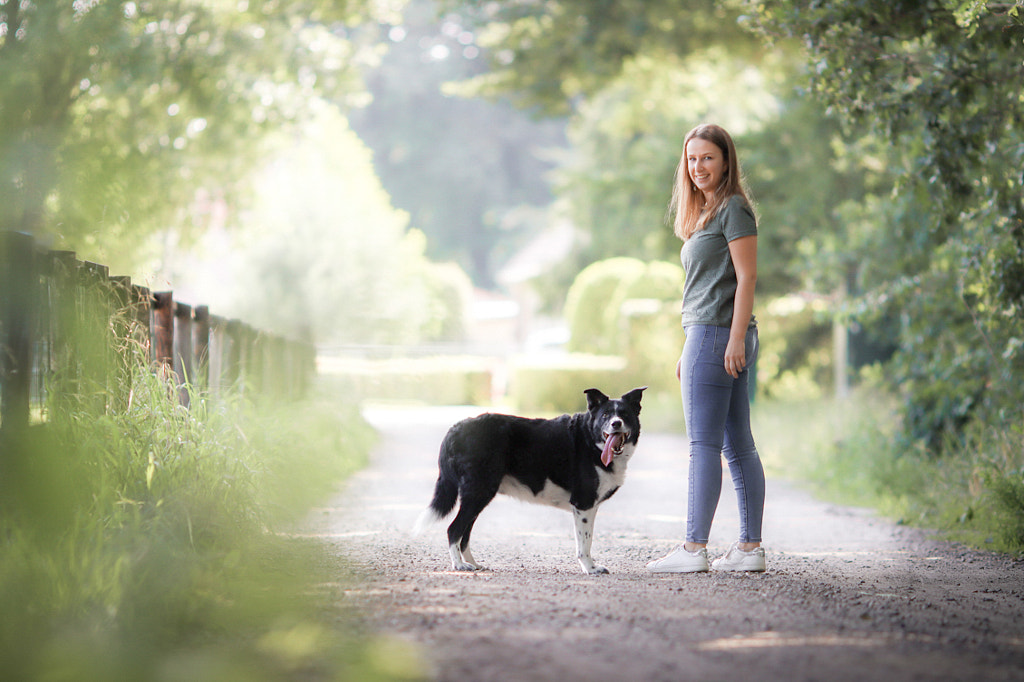
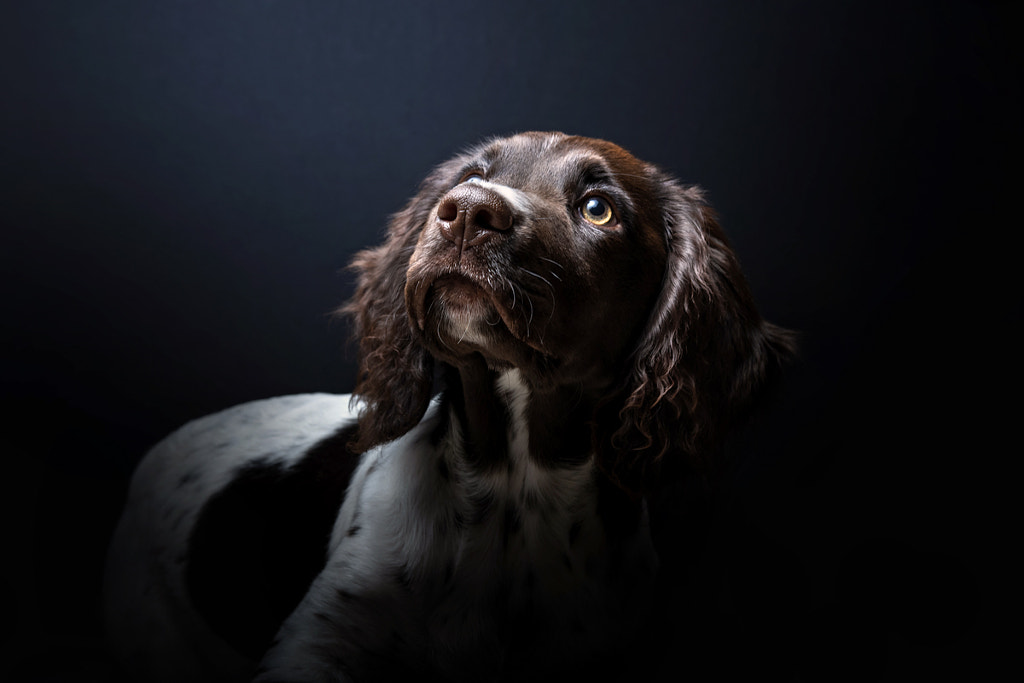
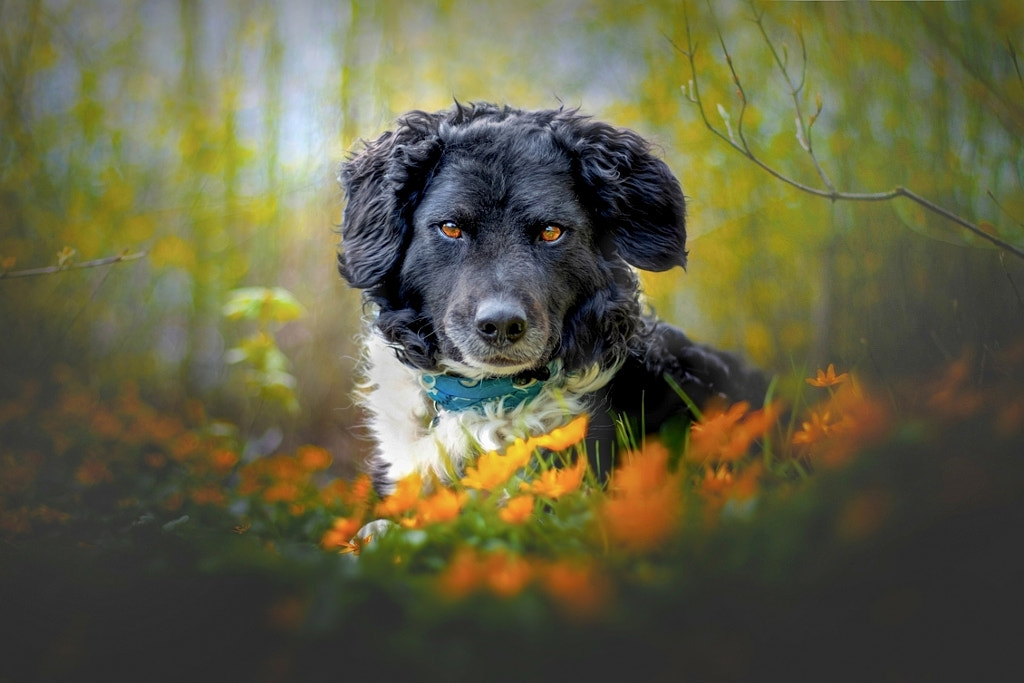
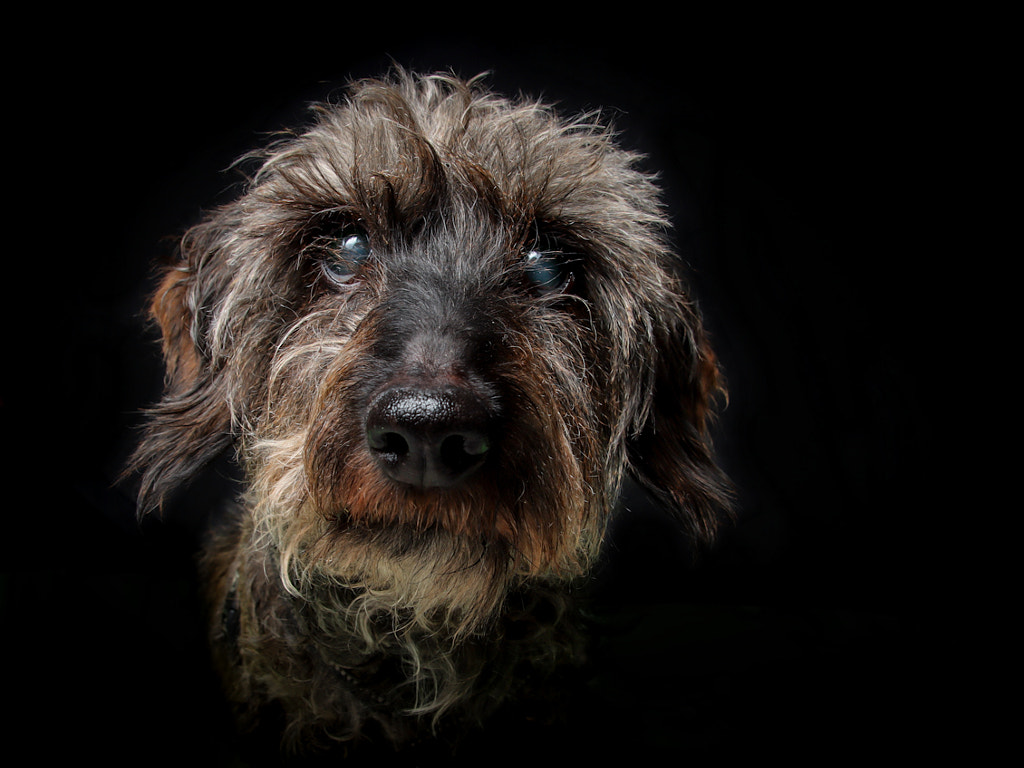


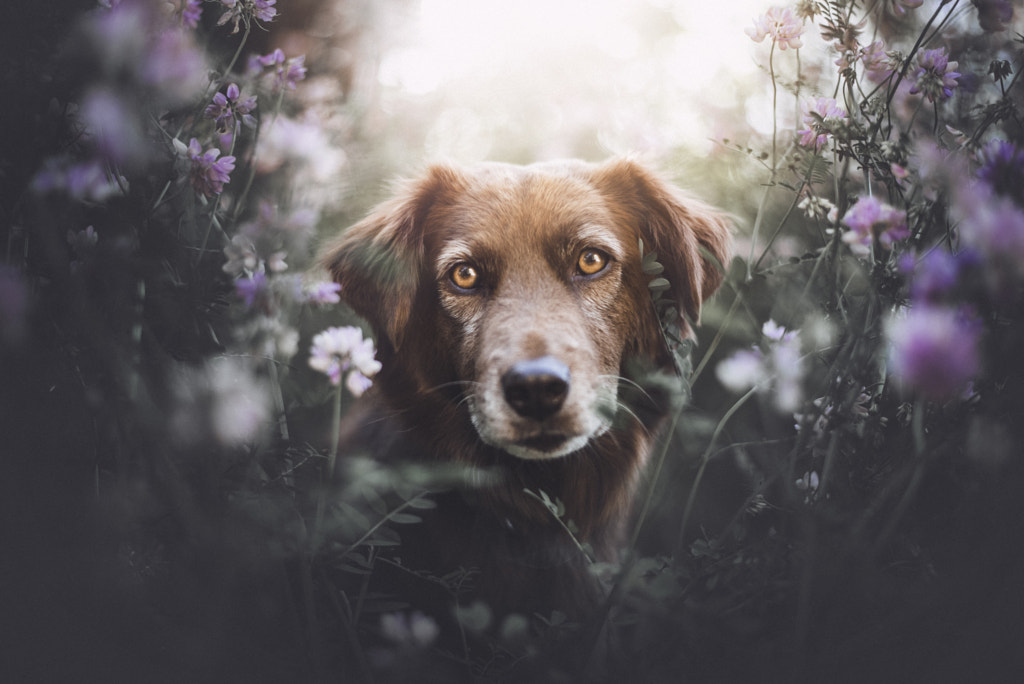
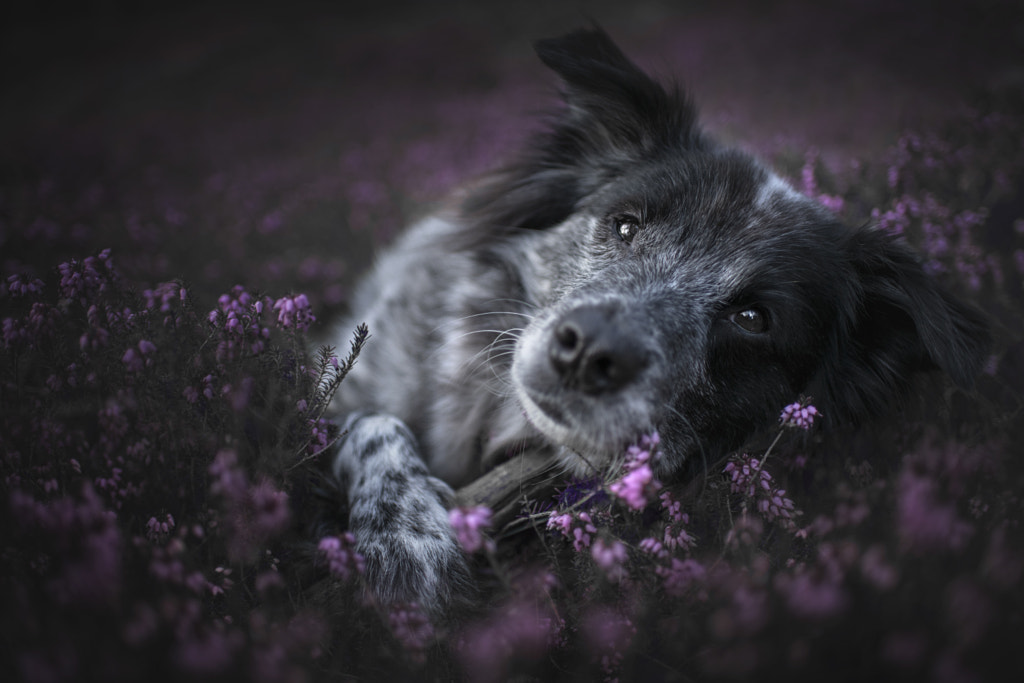
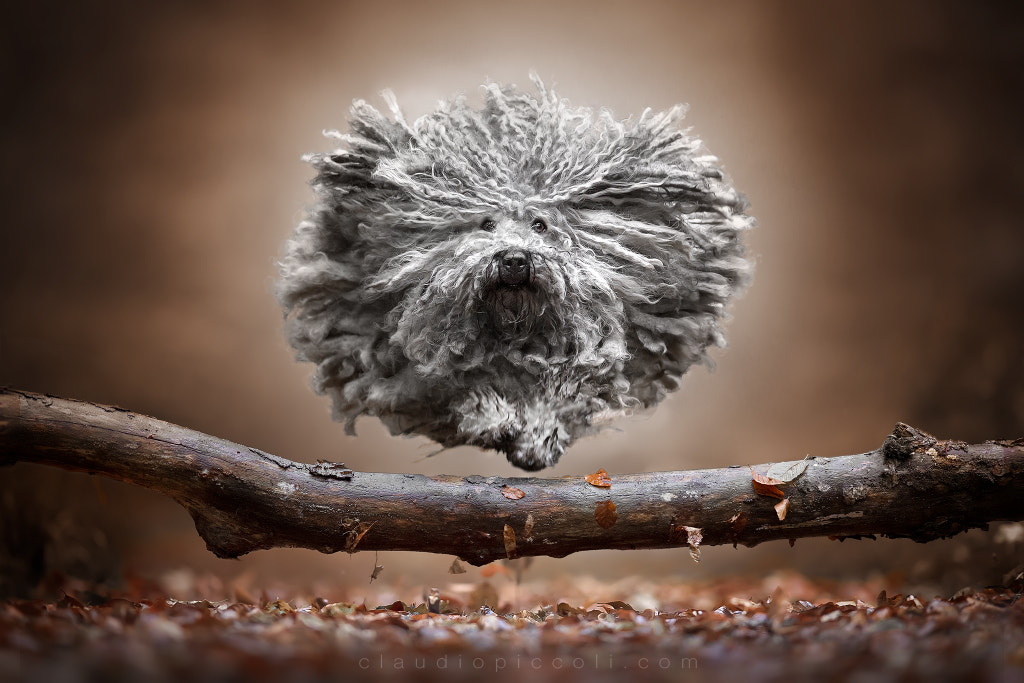

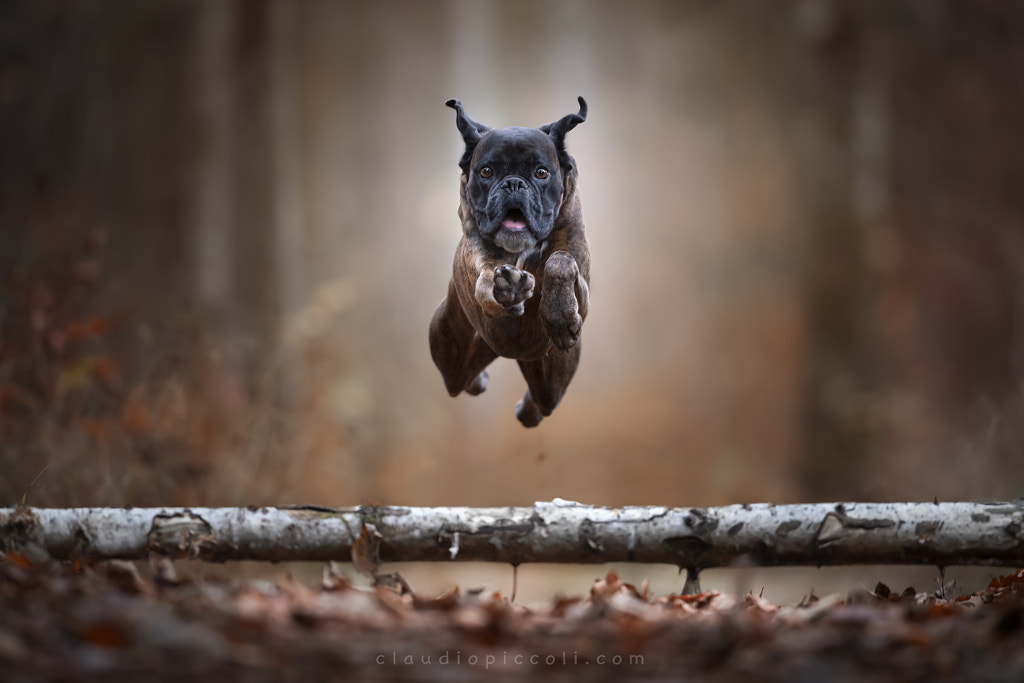
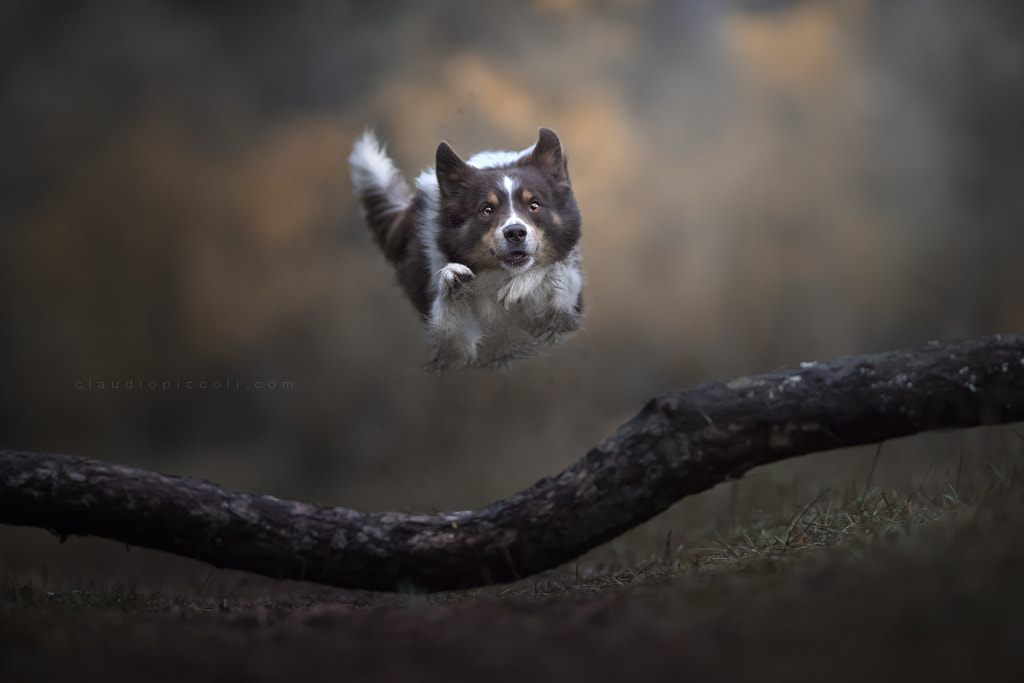
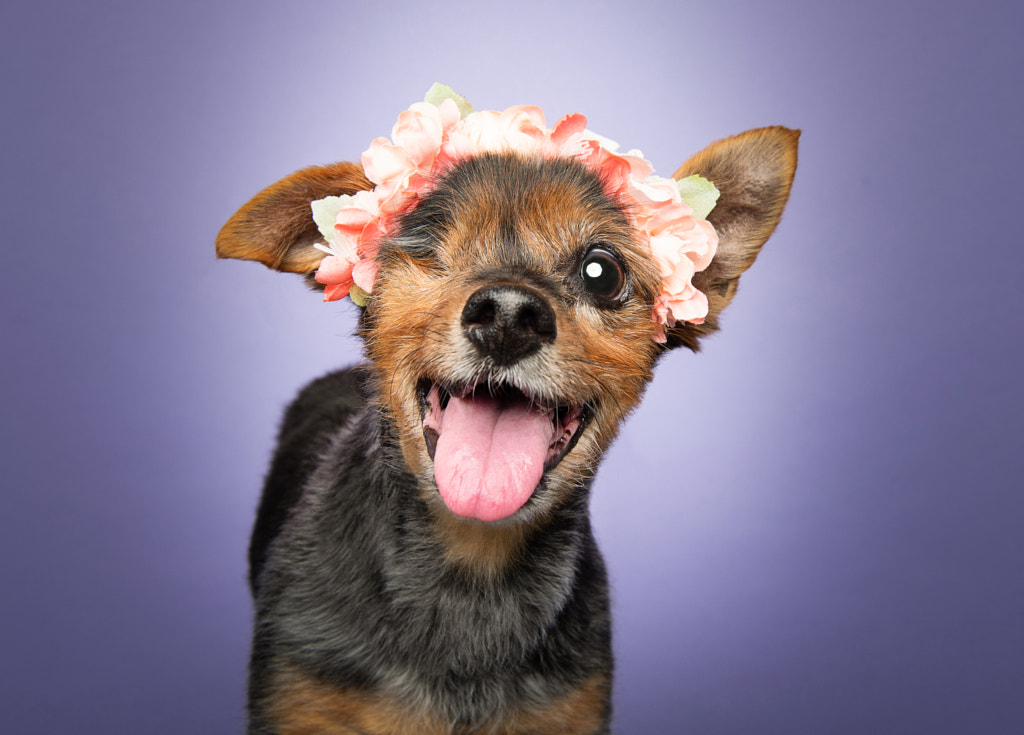

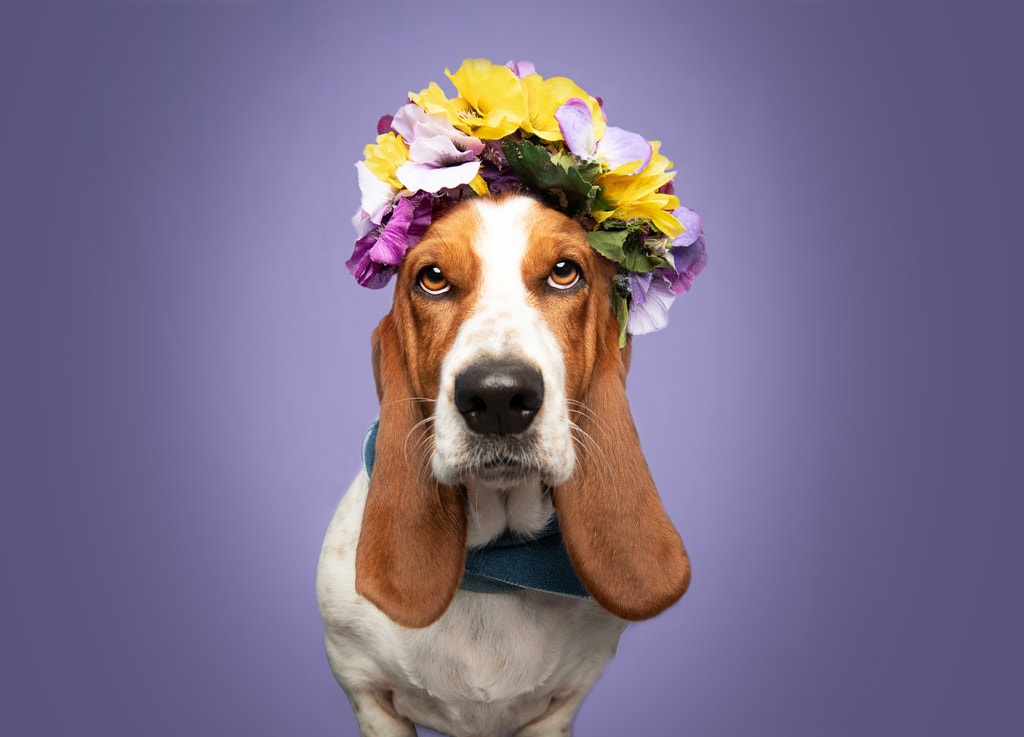

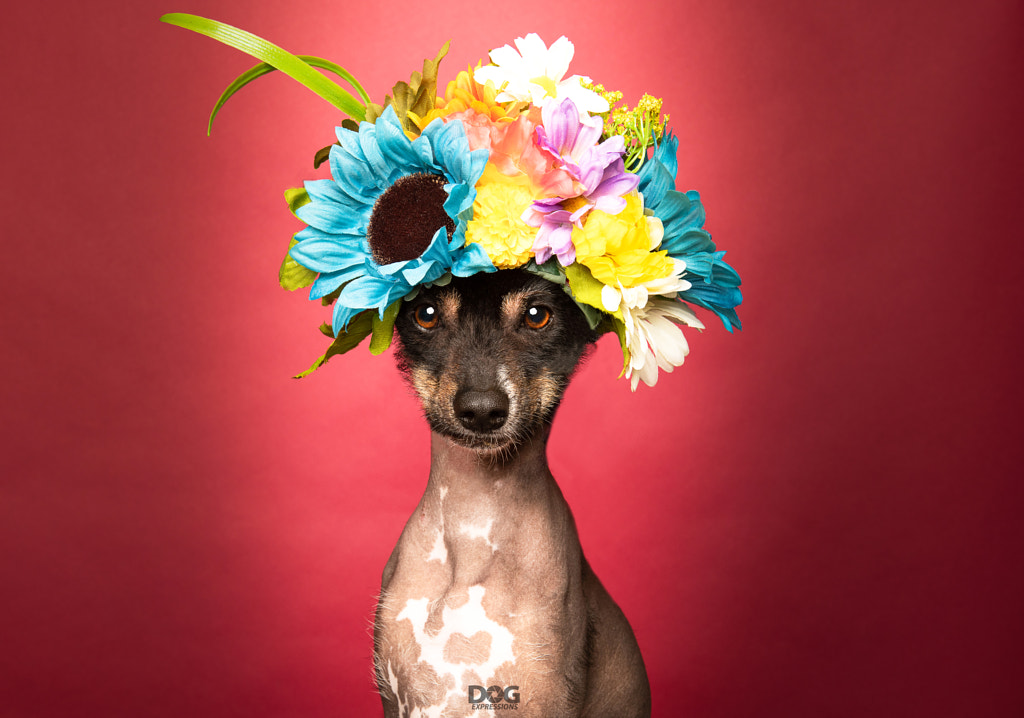
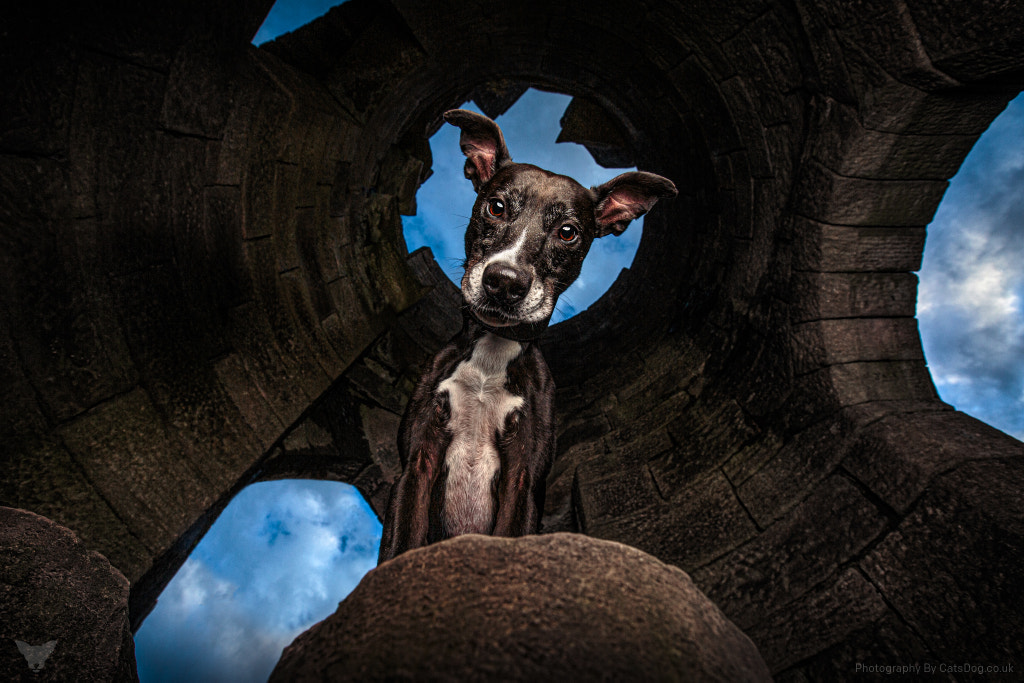
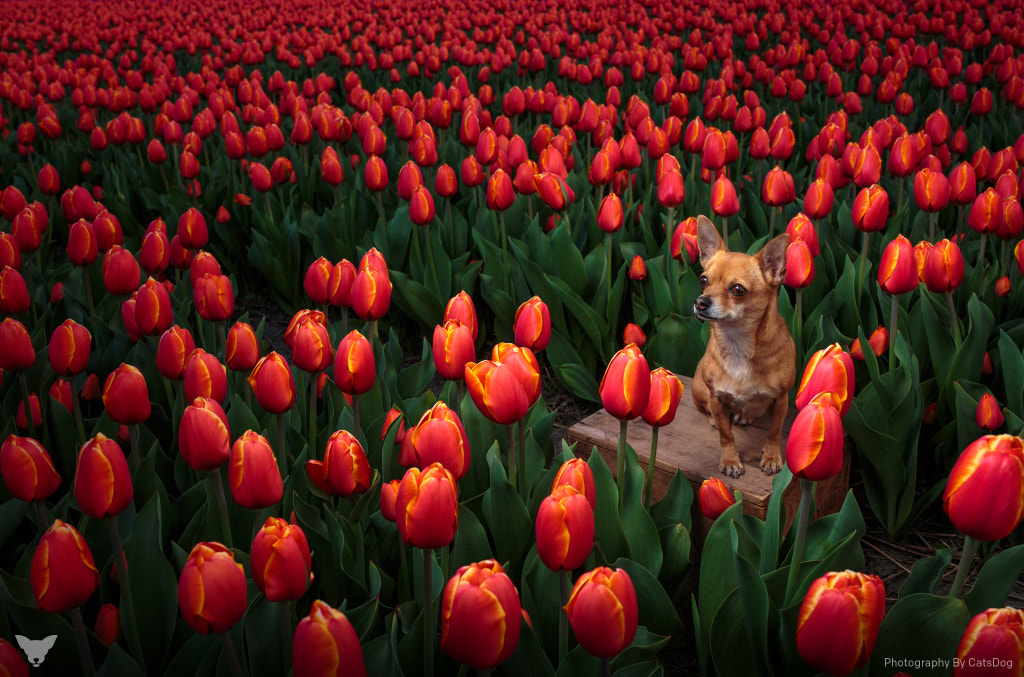
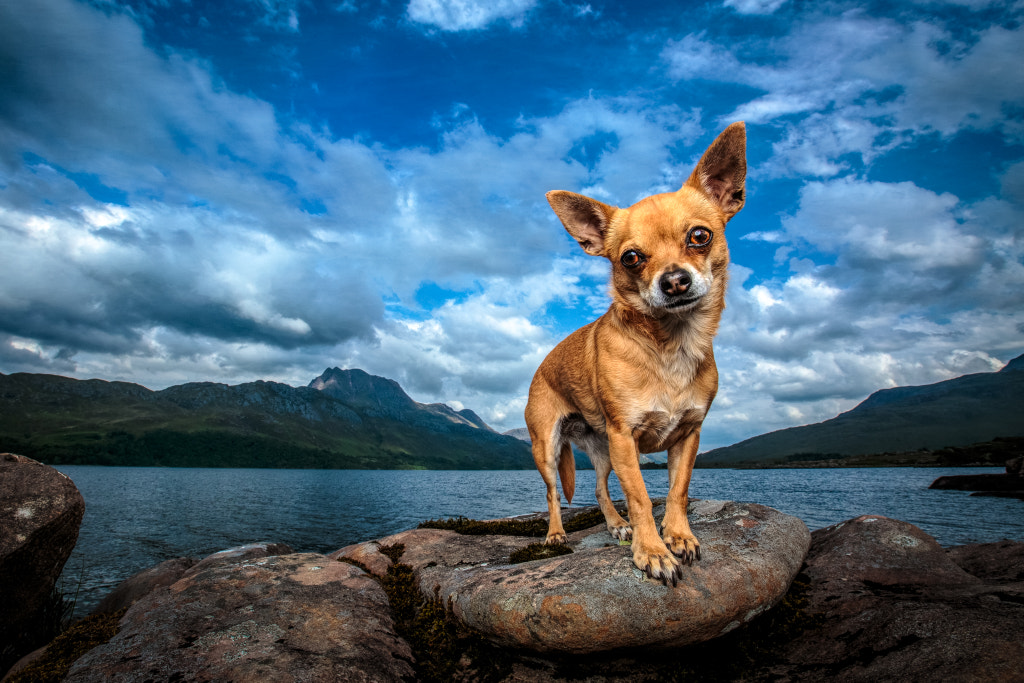
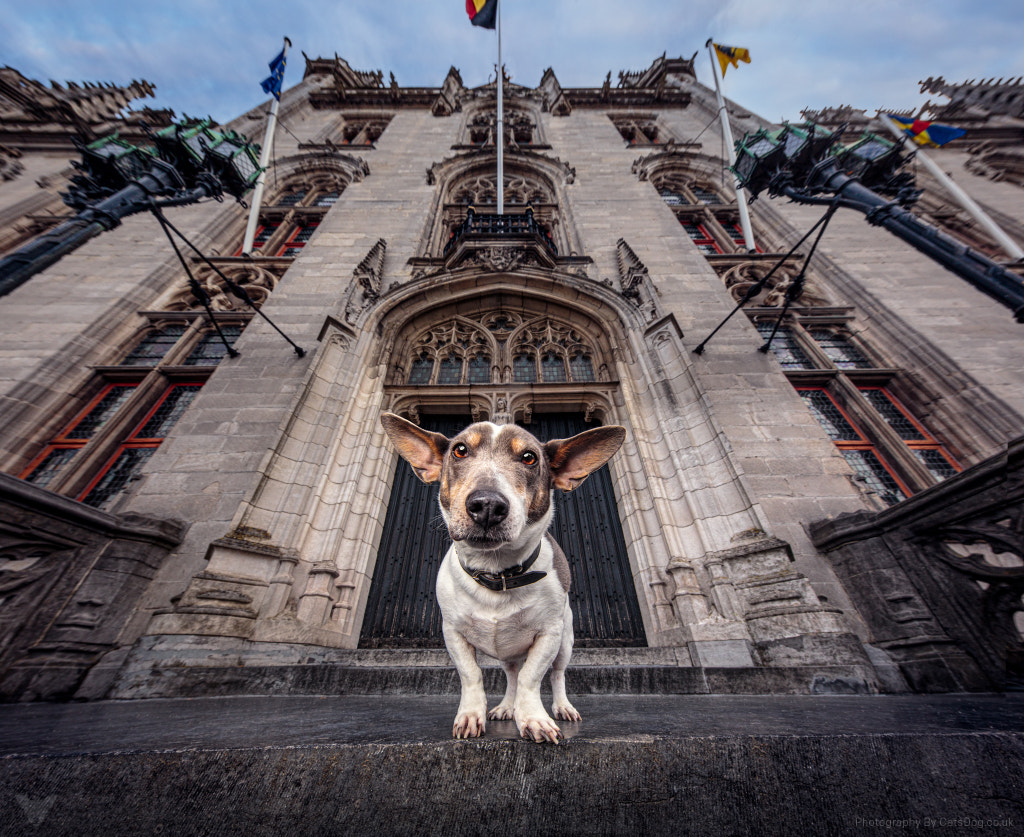

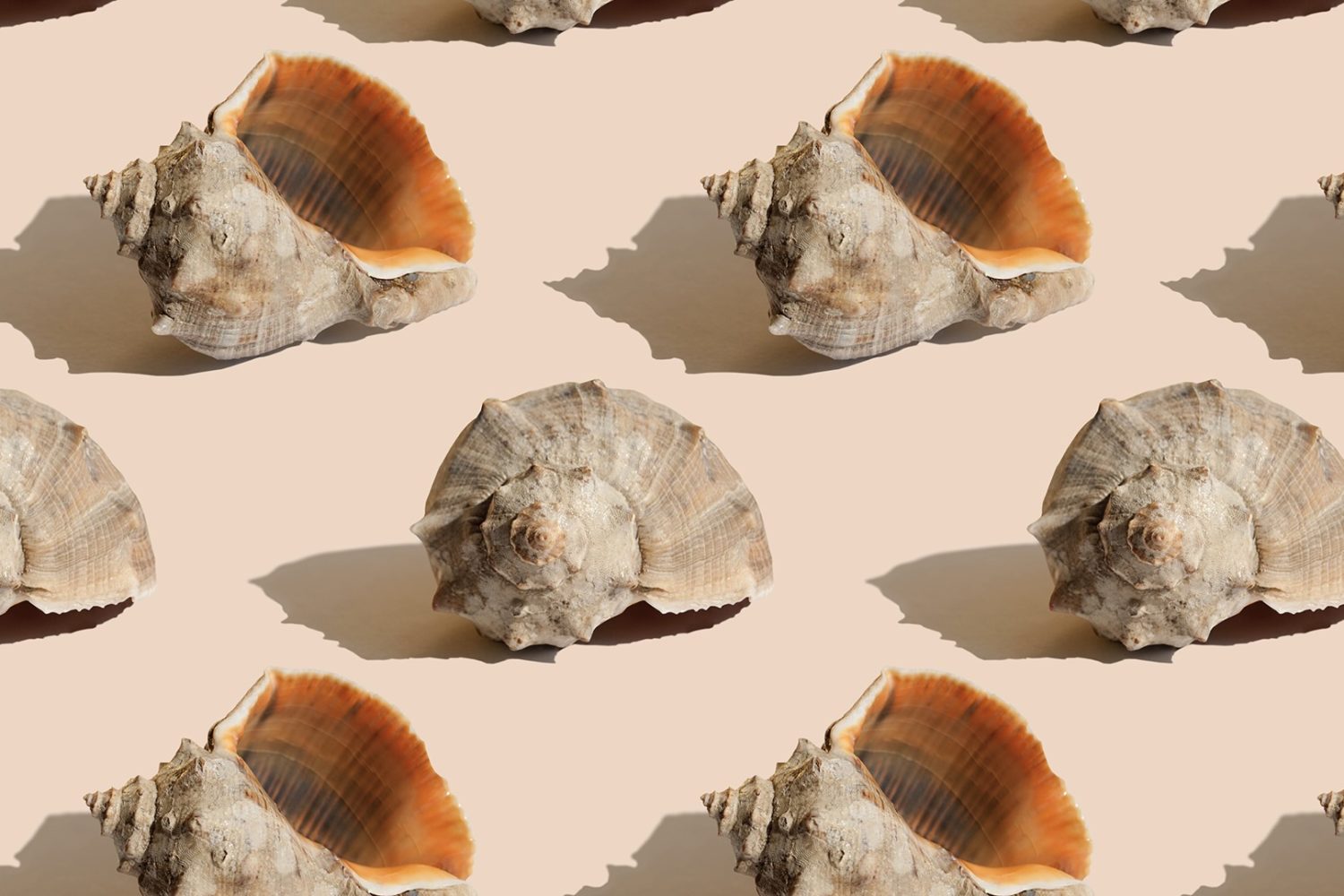

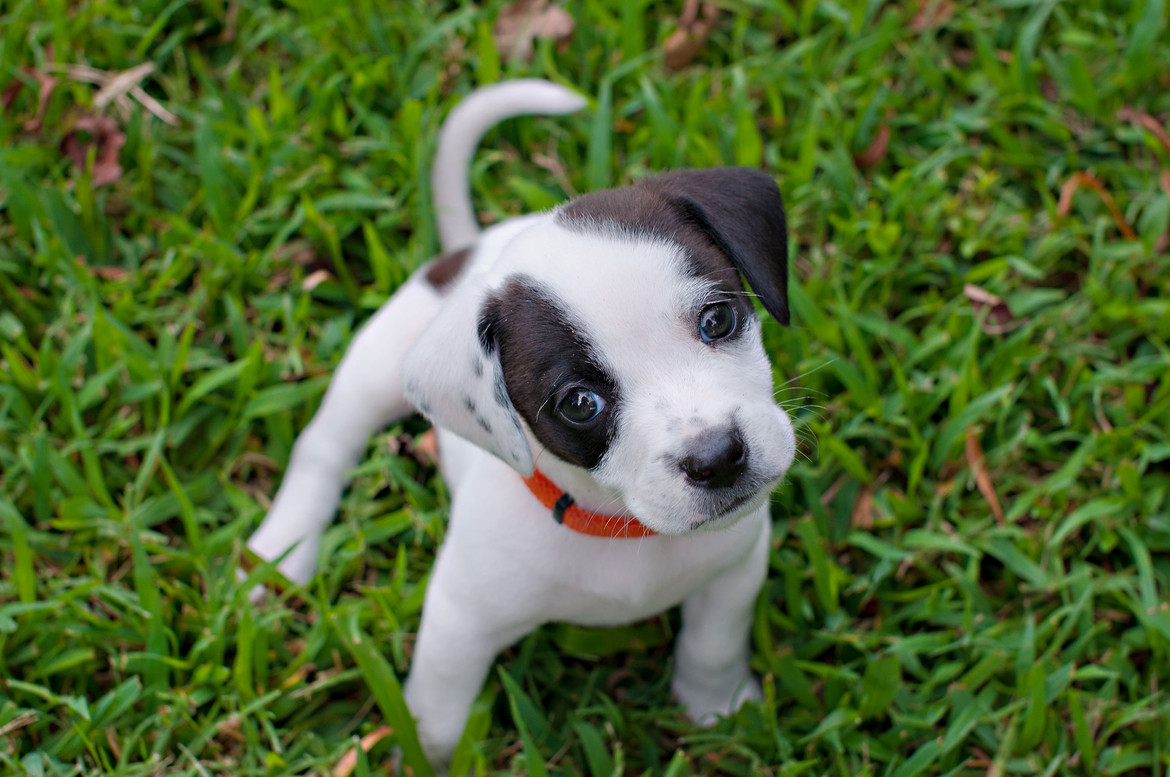
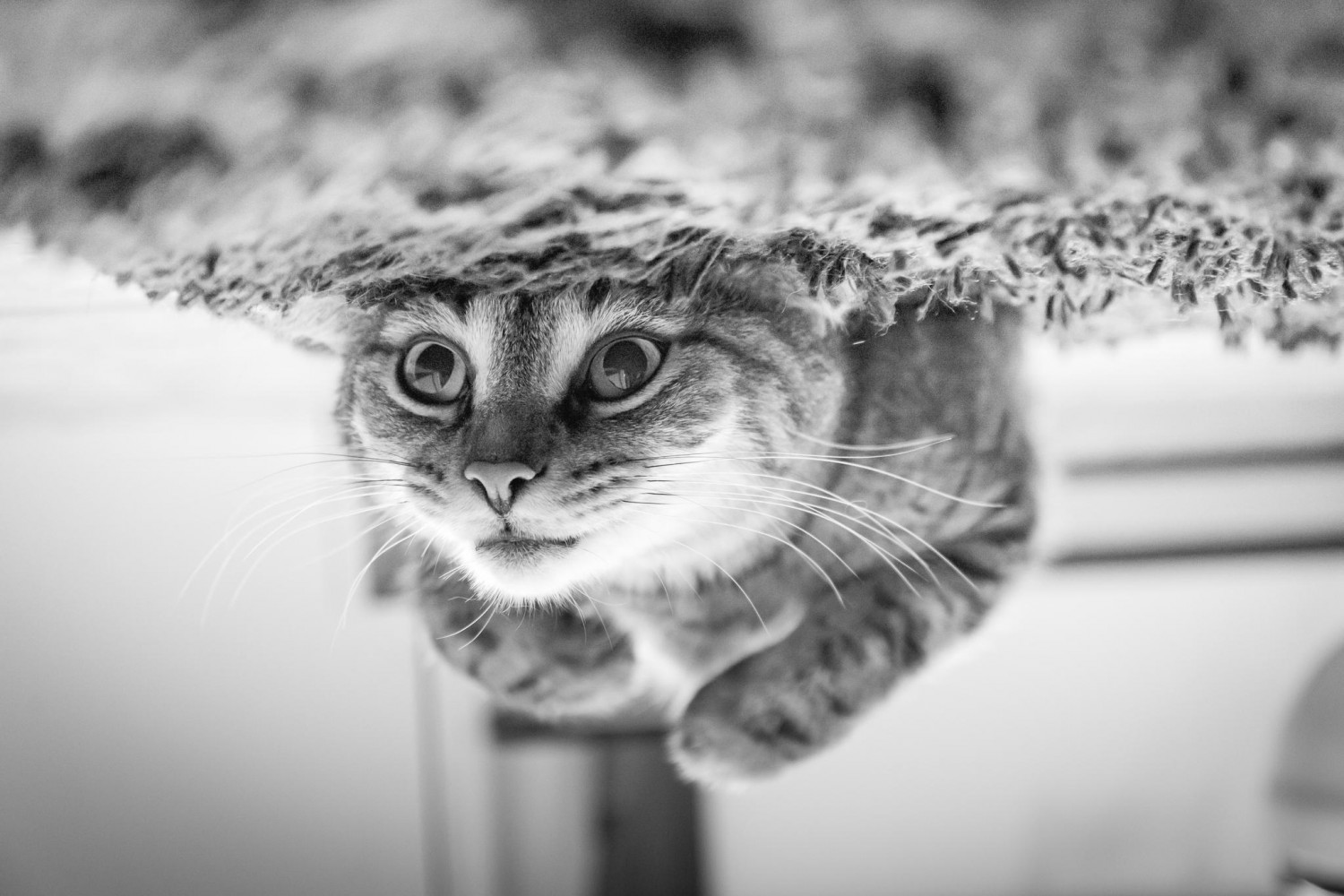
Leave a reply